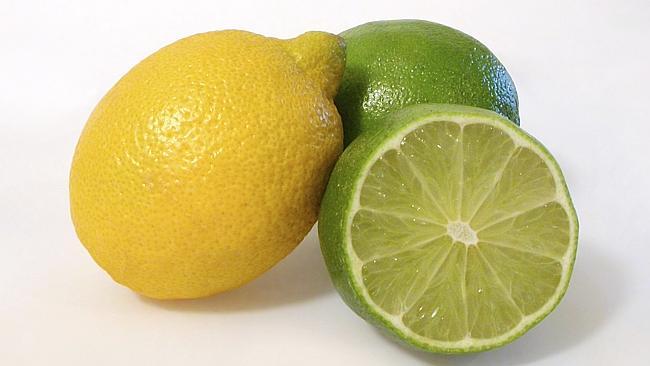Lemons and limes: the secret to growing success
If you want to ensure a bumper crop of lemons and limes from your trees, start watering now.

Hopefully your lemons and limes have flowered and the tiny fruits are starting to form.
This is a critical time for citrus, especially if they’re in pots, because regular, even watering is essential in the early stages of fruit development. My Twig column has a constant stream of readers asking why they can’t get a crop because the small fruits drop off, and this is the most common reason. While it’s normal for many of the first, tiny fruits to shed, as there are masses more of them initially than can be carried to maturity, any severe drying out at early fruit stage causes the whole lot to be jettisoned.
Reader Q&A
My daughter chose a venus fly trap as her own plant on a recent trip to the garden centre. Is this plant as high maintenance as it seems?
ALYSSE HEILER, TOOWOOMBA, Queensland
They are a bit tricky. Success is all about position and watering. Keep the soil moist but not wet, and don’t let water sit in the saucer. Growers recommend using only rainwater or distilled water. When grown indoors, they need a spot that is very brightly lit all day. They like cold winters so your climate should be favourable. Repeatedly touching the traps to make them close is fun but can cause them to die. Good information is at Venusflytrap.info and Triffidpark.com.au.
I’ve planted a lot of bromeliads and now realise the water held in their centre attracts mosquitoes. Is there a deterrent that won’t damage the plants?
TERESA MCMAHON, PALMWOODS, QUEENSLAND
Mosquitoes breed in standing water, so bromeliads can contribute to problems. Experts say that, contrary to popular belief, you should not keep the centres full of water. This can become stagnant and cause rotting and bacterial problems. Water
over the foliage, then allow to just dry out before watering again. Flush out the central reservoir periodically. If rain keeps filling them, a drop of citronella oil or pyrethrum-based insecticide should be effective and safe.
I’d like to lay large pavers interspersed with a ground cover to overcome problems with my shady, damp garden. What would you suggest?
JULIE MOUNTFORD, BRISBANE
Both pratia (Pratia pedunculata), with blue or white starry flowers, and baby’s tears (Soleirolia soleirolii) form close mats with tiny leaves. Native pratia also grows in sun; baby’s tears prefers constant moisture and shade. Native violet (Viola hederacea) has larger leaves and taller flowers that are bicoloured white and mauve.
New to growing roses, I’ve been reading about deadheading the blooms once they die. Why is this important and what’s the best method? Should I do it to young rose plants?
LEONA HOLT, MANGO HILL, QUEENSLAND
Deadheading simply means cutting off flowers that have finished. It tidies the plant, but the main reason is to encourage more flowers. Use clean, sharp secateurs to prune below the flower heads on floribunda roses, and for longer-stemmed hybrid teas cut as if you were picking the flowers for a vase. Young plants benefit just the same.



